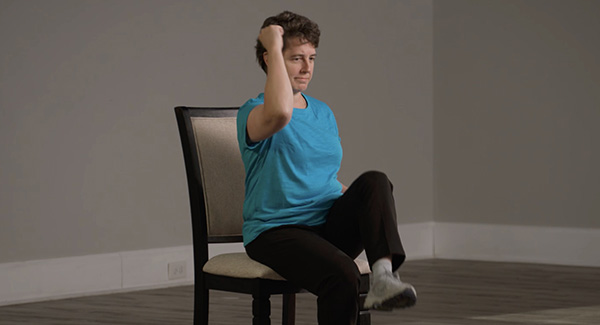Exercise: How Much Is Enough?
Get the answers to your questions about beginning an exercise program for arthritis by using F.I.T.T guidelines.
By Bryan D. Vargo
Exercise is good for arthritis, but if you’re just starting out on a fitness plan you may have a few questions. How often do I exercise? How intensely? For how long? What types of workouts are best for my type of arthritis? If these questions sound familiar, use these F.I.T.T. guidelines, part of the U.S. Department of Health and Human Services’ Physical Activity Guidelines for Americans. Short for Frequency, Intensity, Time and Type, F.I.T.T. can help provide a framework for your regular fitness program.
F.I.T.T. Guidelines
Frequency: Daily exercise is best, but its benefits are cumulative. Short sessions throughout the day or week can add up to big health benefits. Try three 10-minute walks in a day instead of one 30-minute workout.
Intensity: Start slow and easy, with the goal of working up to moderate or vigorous. Use the talk test to measure intensity. If you can talk but not sing, you’re exercising at moderate intensity. If you're able to say only a few words before you need to pause for a breath, you’re exercising at vigorous intensity.
Time: Choose any of these options:
1. 150 minutes of moderate-intensity aerobic exercise per week, which equals 30 minutes of exercise five days a week.
2. OR 75 minutes of vigorous-intensity aerobic exercise per week.
3. OR an equivalent combination of moderate and vigorous exercise.
Also, perform muscle strengthening exercises at least two days per week. Adding balance exercises to the mix is also a good idea.
Type: Aim for a combination of these three activities:
1. Low-impact aerobic physical activity such as brisk walking, biking, swimming, water aerobics, gardening, group exercise classes and dancing.
2. Muscle-strengthening exercises such as calisthenics, isometrics, weight training and using resistance bands.
3. Balance exercises such as yoga and tai chi.
Benefits of Exercise
Regular physical activity keeps your joints lubricated, which makes movement easier. It also produces endorphins, which help control pain and improves your overall well-being and health. It even helps you sleep easier at night. Hopefully, with these guidelines in mind you’ll be able to enjoy many of these exercise benefits and add some variety to your routine at the same time.
Source: Physical Activity Guidelines for Americans, U.S. Department of Health and Human Services.

Stay in the Know. Live in the Yes.
Get involved with the arthritis community. Tell us a little about yourself and, based on your interests, you’ll receive emails packed with the latest information and resources to live your best life and connect with others.


